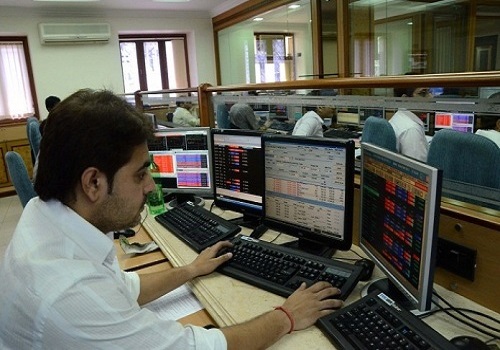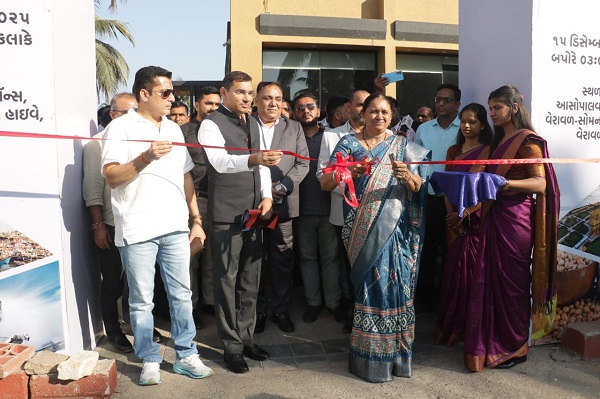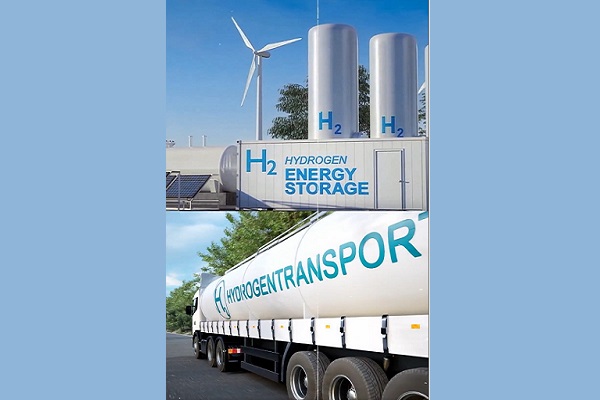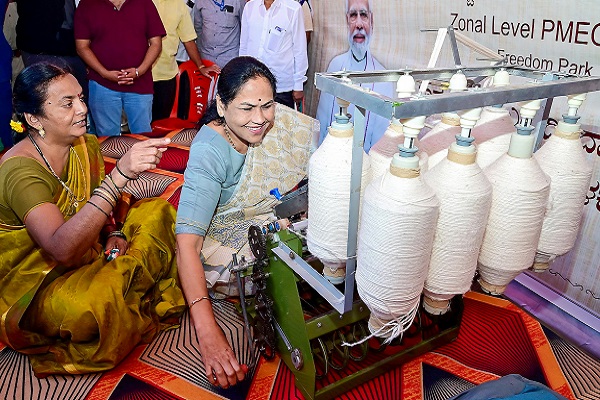Pre-Budget 2025: Enhancing Agricultural Growth and Sustainability for India`s Future

As India prepares for its Union Budget 2025, the agriculture sector remains a cornerstone of the nation's economic framework. With over half of India's population dependent on agriculture for livelihood, it is crucial for the government to focus on policies that can boost farm productivity, ensure food security, and promote sustainable farming practices. In this article, we explore the importance of agriculture in the upcoming budget, the challenges faced by farmers, and the opportunities for growth that lie ahead.
Agriculture’s Role in India’s Economy
Agriculture is integral to India’s economy, contributing approximately 18% to the GDP and employing more than 40% of the workforce. Despite the increasing importance of services and manufacturing sectors, agriculture remains a vital pillar, not only for food production but also for rural employment and economic stability.
Over the years, the government has taken several initiatives to modernize the sector, such as the Pradhan Mantri Fasal Bima Yojana (PMFBY), National Agriculture Market (eNAM), and soil health cards. However, challenges like fluctuating weather patterns, inefficient irrigation, low mechanization, and limited access to credit and technology still hamper the sector’s full potential.
Key Areas of Focus for Agriculture in Budget 2025
Doubling Farmers’ Income One of the primary goals of the 2025 budget is likely to be the continuation and expansion of initiatives aimed at doubling farmers' incomes. The government may focus on improving crop yield through better seed varieties, high-quality fertilizers, and advanced farming techniques. Additionally, initiatives that enhance the farm-to-market supply chain and reduce intermediaries could ensure better profitability for farmers.
Sustainable and Climate-Smart Agriculture Climate change poses a significant threat to Indian agriculture, with unpredictable monsoons, droughts, and floods disrupting crop cycles. The 2025 budget is expected to allocate funds for promoting climate-resilient farming practices. This includes the adoption of organic farming, the promotion of water-efficient irrigation techniques like drip irrigation, and the use of technology to predict weather patterns and improve crop management. Investments in sustainable agriculture can help reduce the environmental impact and improve long-term farm productivity.
Expansion of Irrigation Infrastructure Irrigation is the backbone of Indian agriculture, especially in regions with insufficient rainfall. The government is likely to increase funding for irrigation infrastructure, focusing on the completion of projects under the Pradhan Mantri Krishi Sinchayee Yojana (PMKSY). Furthermore, efforts will likely be made to improve rainwater harvesting and increase groundwater recharge, particularly in drought-prone areas.
Promotion of Digital Agriculture and Technology The role of technology in transforming agriculture is growing rapidly. The upcoming budget could focus on expanding digital agriculture services, including access to mobile-based platforms that provide real-time information on weather, pest control, and market prices. The government could also incentivize the use of drones, AI, and IoT devices to monitor crop health, optimize resource use, and reduce dependency on manual labor.
Financial Support and Credit Access for Farmers Access to finance remains a critical challenge for farmers, especially small and marginal ones. The 2025 budget may introduce measures to provide low-interest loans, subsidies, and insurance schemes to ensure that farmers can invest in improving their yields. Increased access to credit could also help farmers cope with financial setbacks caused by poor harvests or fluctuating market prices. Additionally, greater emphasis on financial literacy could empower farmers to make better financial decisions.
Fostering Rural Infrastructure Development Rural infrastructure, including roads, warehouses, and cold storage facilities, plays a vital role in supporting the agricultural supply chain. The budget is expected to allocate funds for strengthening rural infrastructure to ensure better access to markets and reduce post-harvest losses. Improving rural roads and storage capacities can also help farmers reduce transportation costs and improve the shelf life of perishable products.
Support for Agricultural Exports India is one of the world’s largest producers of agricultural products, and there is significant untapped potential in the export sector. In Budget 2025, the government may introduce policies to boost agricultural exports by providing subsidies, simplifying export procedures, and improving logistics infrastructure. Expanding agricultural exports will help India diversify its foreign exchange earnings while providing farmers with a larger, more lucrative market for their produce.
Challenges Faced by Indian Agriculture
Despite its central role in the economy, the agriculture sector faces several obstacles that need to be addressed in the upcoming budget:
Weather Variability: Erratic weather patterns and climate change are becoming major concerns. Ensuring that farmers have the resources to adapt to these changes is crucial.
Price Volatility: Fluctuations in crop prices, especially for perishable goods, can lead to financial instability for farmers. Ensuring better price stabilization mechanisms is a priority.
Water Scarcity: Agriculture in India is heavily dependent on irrigation, and water scarcity is becoming a pressing issue. Sustainable water management practices must be a key area of focus.
Inadequate Access to Technology and Modern Practices: Despite the availability of technology, many farmers still lack access to modern farming techniques and equipment.
Land Fragmentation: With a majority of Indian farmers owning small plots of land, achieving economies of scale becomes difficult, impacting productivity and profitability.
Opportunities for Growth in Agriculture
The 2025 budget presents several opportunities for transforming the agriculture sector:
Diversification into High-Value Crops: The budget could encourage farmers to diversify into high-value crops like fruits, vegetables, and organic produce. This diversification can boost farmers’ incomes and reduce their dependence on staple crops like rice and wheat.
Agri-Tech Startups and Innovation: There is significant potential for growth in agri-tech innovation, which can improve farming efficiency and market linkages. The government could incentivize startups and businesses that focus on solving key challenges like soil health, pest control, and crop management.
Women in Agriculture: Empowering women in rural areas by providing them with access to training, credit, and land rights could bring a transformative change to Indian agriculture. The 2025 budget may introduce initiatives specifically targeting the participation of women in farming.
Organic and Natural Farming: With growing consumer demand for organic products, there is an opportunity to promote organic farming practices. The 2025 budget could introduce support schemes to help farmers transition to organic agriculture.
Conclusion
As India approaches Budget 2025, agriculture continues to be a central theme for economic growth and rural development. By focusing on sustainable farming practices, improving irrigation infrastructure, providing financial support to farmers, and leveraging technology, the government can create an environment that fosters growth and resilience in the agriculture sector. With the right interventions, agriculture in India can thrive and contribute significantly to the nation's economic future.
























